Climate and Ag in the news
-
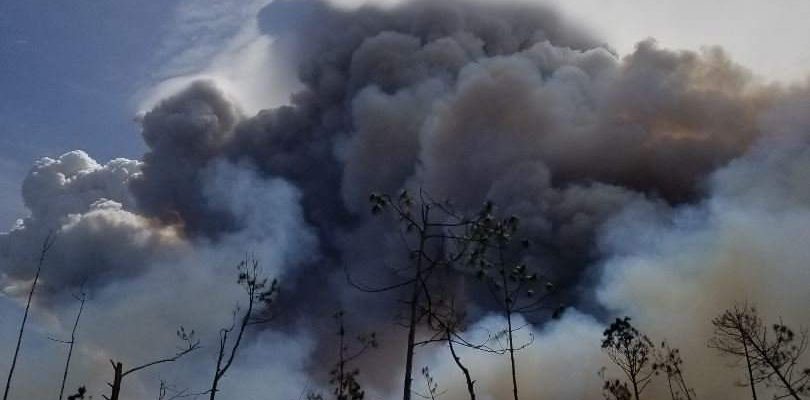
The combination of a strong La Niña and a long-term trend towards warmer temperatures means that Florida could see warm and dry conditions over the winter and an increased chance of fires next spring, according to a recent article in Florida Today. April is usually when fires are most common, and this coming year could…
-
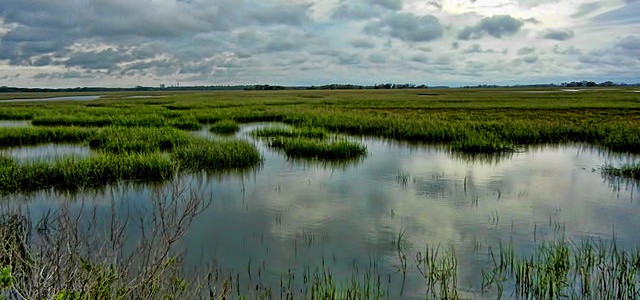
According to a recent article in the Atlanta Journal-Constitution, “In the spring of 2017, a boldly subtitled book became a national bestseller. “Drawdown,” wrote the authors, was “the most comprehensive plan ever proposed to reverse global warming.” The book has influenced communities, curriculum and conversations about climate change.” The Ray C. Anderson Foundation was inspired…
Posted in: Climate and Ag in the news -
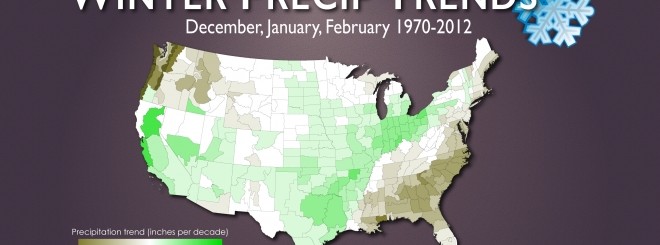
You might be interested in this 4-minute video featuring Deke Arndt of the National Centers for Environmental Information on the Weather Underground Facebook page. In it, he discusses how the seasons are warming across the US. In the Southeast, winter is the season that is warming the most, and is also getting drier. In the…
Posted in: Climate and Ag in the news -
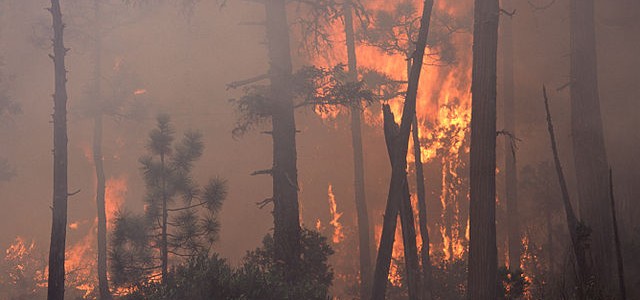
Scientists who study western wildfires have discovered that multi-year droughts and wet periods can have bad impacts on the forests’ ability to renew themselves after a fire. Drought years were particularly hard on the forests’ ability to grow new seedlings. You can read more at Physics Today here.
-

I decorated my Christmas tree a couple of weeks ago. On it I put several snowflakes, because after all I am a meteorologist. One of the snowflakes came from a small mill turned into a shop in Jericho, VT, the home of “Snowflake” Bentley, one of the most prolific photographers of snowflakes in the world.…
-
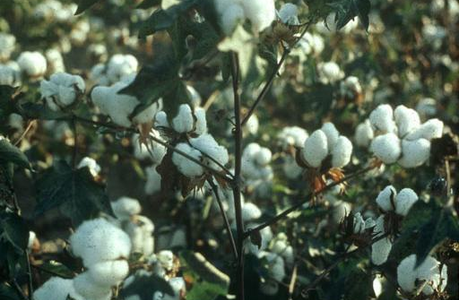
Here is an interesting article which looks at the price of cotton during La Niña years. Since we are currently in a moderate to strong La Niña now, this is very relevant to what cotton producers should be considering going into the next growing season. The author traces the changes in cotton futures over time…
-
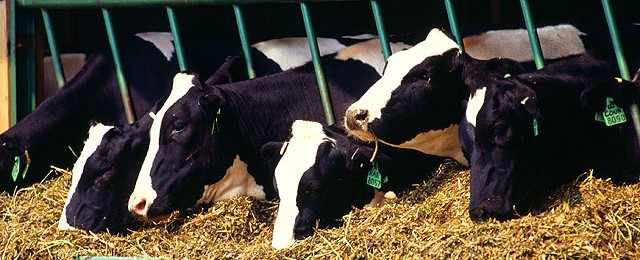
Dairy cattle put off a lot of heat as they digest their food and produce milk, and in warm conditions, that can put them under stress. A new study in California that was published recently in Inside Climate News showed that a combination of fans and sprinkling that were run by decision-making tools to calculate…